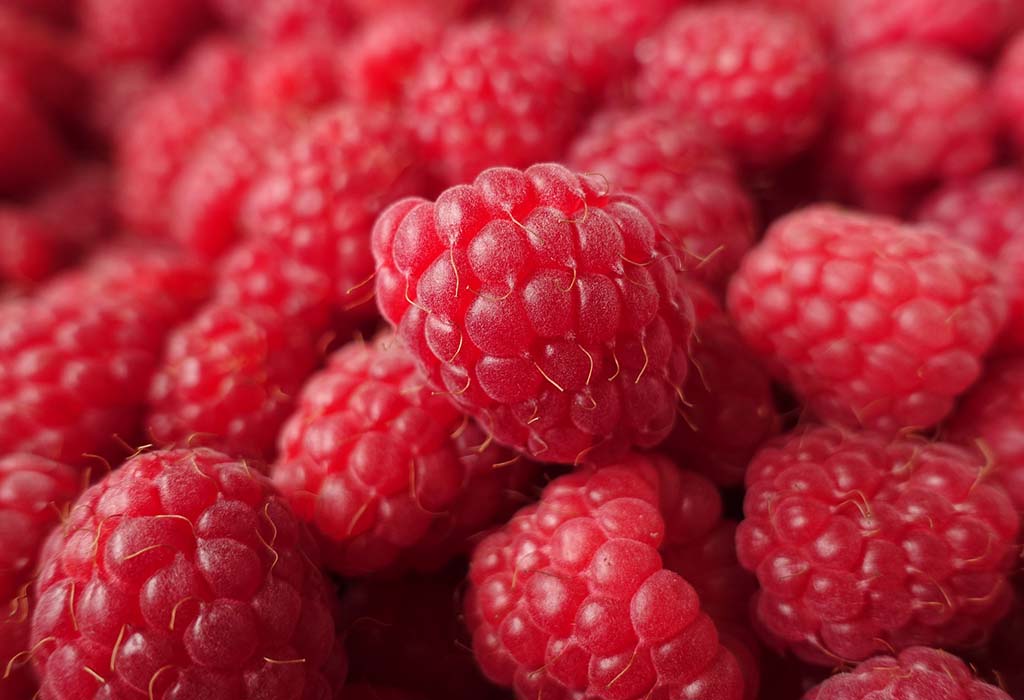The smells of space: horse pee and raspberries
Space might seem like vast nothingness, but it’s actually full of stuff … and that stuff smells.
Take comet 67p for example, which is hurtling through the skies at a cracking pace. Thanks to information collected by ROSINA (the Rosetta Orbiter Spectrometer for Ion and Neutral Analysis instrument), we know that there are some pretty pungent aromas coming from the comet’s coma—the cloud around its core.
If you were to get a whiff of it, you’d smell a mixture of rotten eggs (hydrogen sulphide), horse pee (ammonia), almond (hydrogen cyanide) formaldehyde and marzipan. If you have a sensitive nose, you’d also note tangs of vinegar (sulphur dioxide) and the sweeter carbon disulphide.
European Space Agency scientists think that as the comet gets closer to the sun, the makeup of the chemicals released will change. If this occurs, it will give us additional information about the chemical composition of the 67p.
This is exciting because comets are leftovers of the solar system’s beginnings more than 4.6 billion years ago. The more we know about 67p’s composition, the more we can learn about the formation of the solar system and how it has changed over time.
And what about Sagittarius B2, that colossal molecular cloud of gas and dust located 390 light years from the centre of the Milky Way? It hit the headlines a few years ago not because of its mass (which is several million times that of our sun), or even its density (up to 40 times denser than a normal molecular cloud). No, we Earthlings were fascinated because according to scientists, it smells like two of our favourite things: raspberries and rum.

After all the rotten egg smells apparently in the universe, it’s nice to know there’s at least something that might be worth inhaling (though only in theory—in reality, you’d die). Sagittarius B2 contains huge amounts of ethyl formate, which is the chemical responsible for giving raspberries their flavour. And if raspberries aren’t enough it has another unique trait—it also smells of rum.
The unique scents of Sagittarius B2 were discovered by astronomers who have been analysing the cloud in the hope of finding amino acids—known as the building blocks of life. While they haven’t found any yet, they believe it’s just a matter of time. But if one day you do happen to be travelling past Sagittarius B2 don’t be tempted to take off your space helmet and have a whiff—researchers also detected evidence of propyl cyanide—a lethal chemical you definitely don’t want to inhale.





